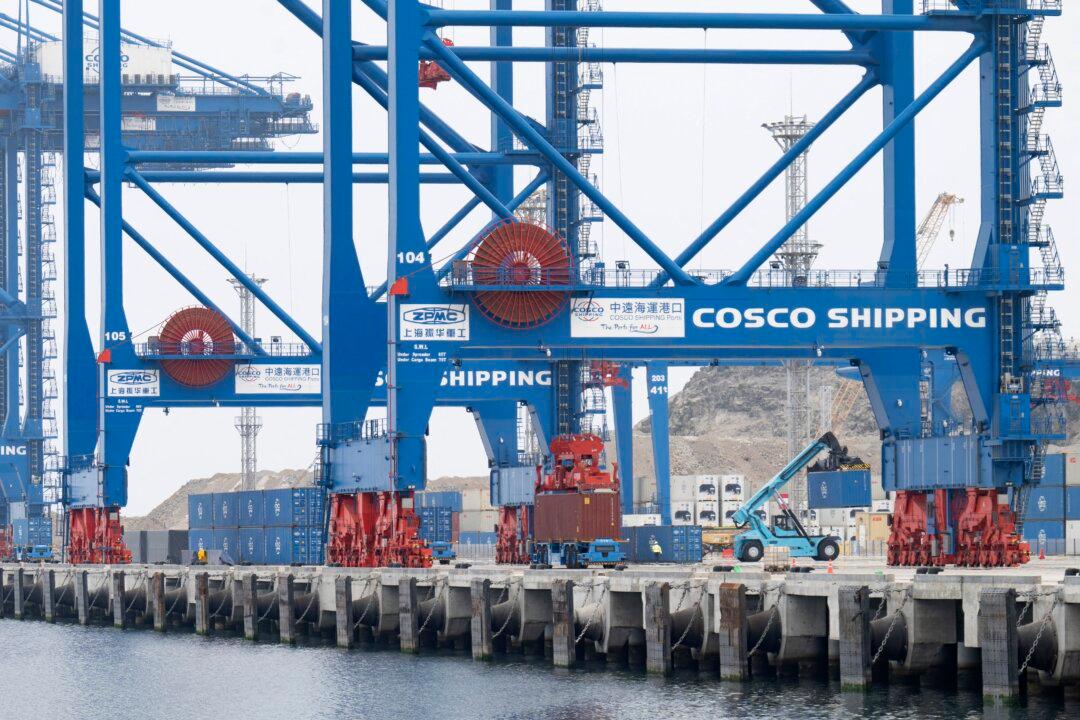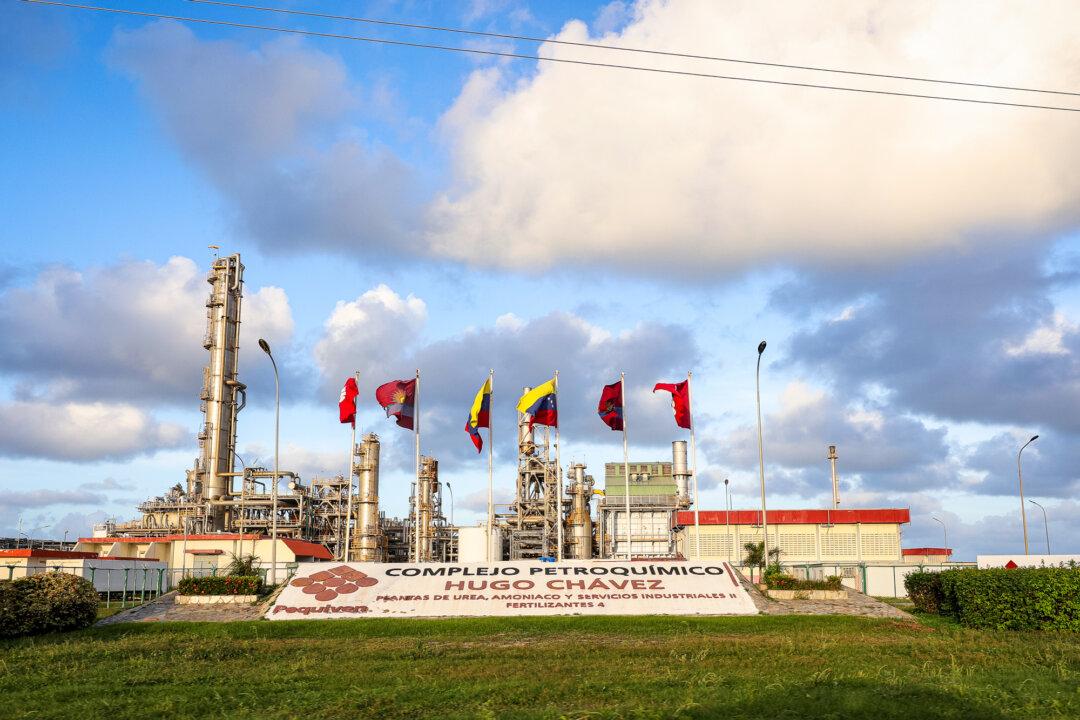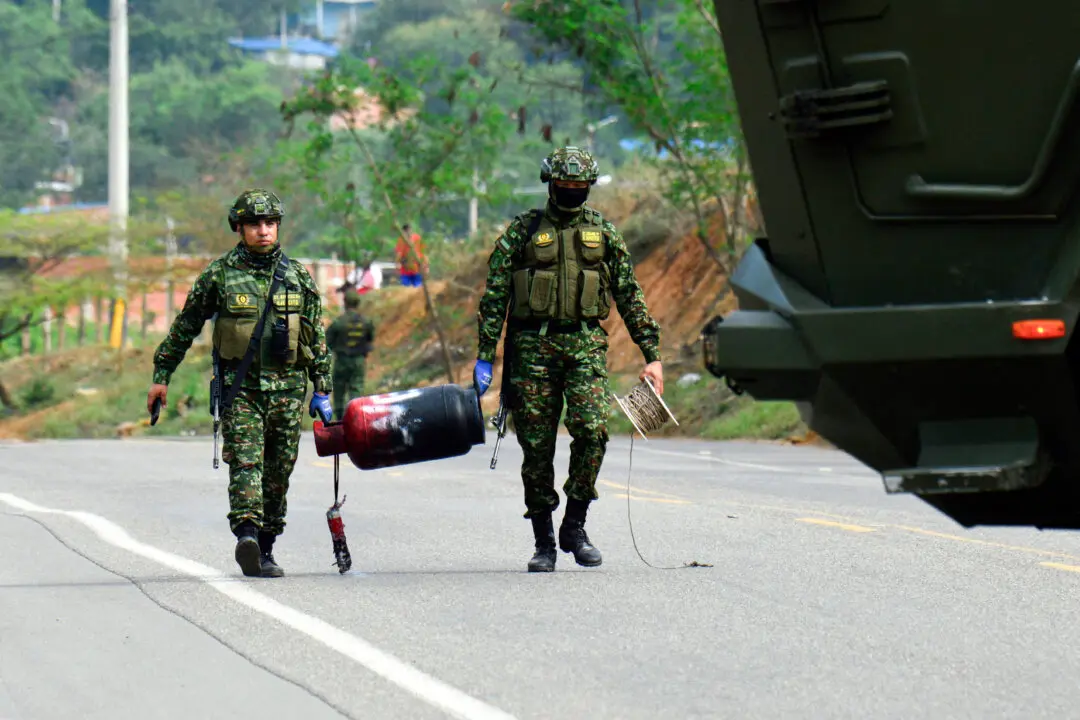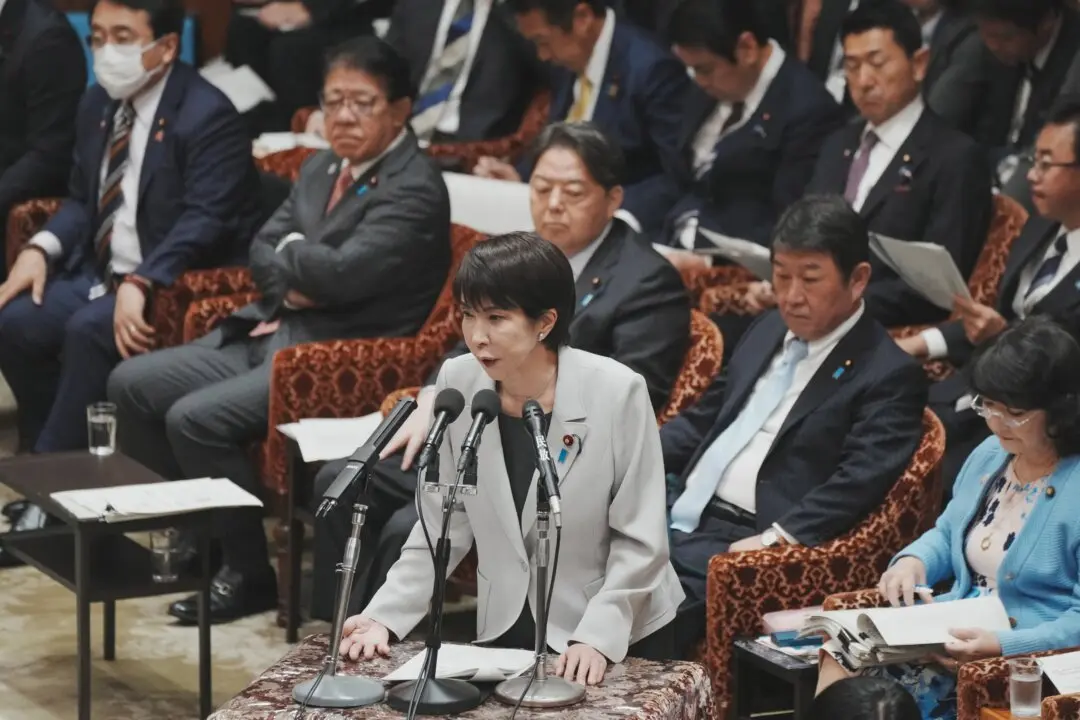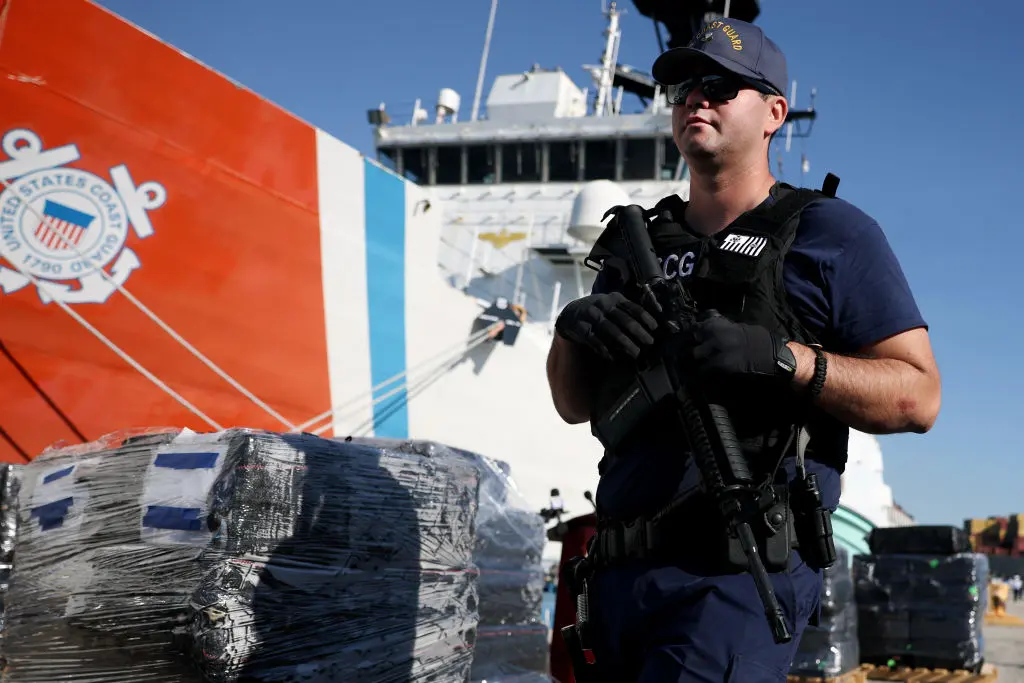Commentary
Chinese leader Xi Jinping opened a mega port in Peru on Nov. 15. Beijing plans to make the $3.5 billion deepwater port the start of a road network that reaches throughout Latin America and extracts raw materials such as lithium, iron ore, and soybeans in exchange for China’s electric vehicles, electronics, and other exports.
